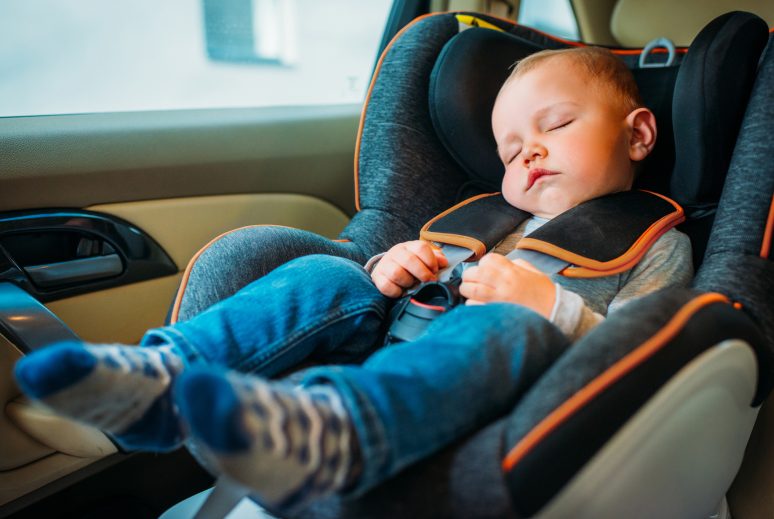Temperature Check: How Quickly Temps Change in a Car
Temperature Check: How Quickly Temps Change in a Car

It’s no secret that leaving children in a hot car can be dangerous during the summer. Did you know it can be dangerous other times of the year, as well? The ambient temperature outside is usually quite different than that of a closed car and children are a lot more susceptible to health effects of temperature extremes than adults.
Outside temperatures are different than inside car temperatures
Have you ever sat in your car on a warm day waiting for someone without the air conditioning running? Within minutes you’re most likely feeling a bit toasty and being tempted to turn on the vents to cool you down. There is a temperature differential between ambient (outside) temperatures and the temperature inside a closed vehicle. A study showed temperature differences of up to 20 degrees Fahrenheit increase in just 10 minutes. Stretch that time to 20 minutes and the internal car temperature was up to 33 degrees Fahrenheit higher than the ambient temperature.
The Science Behind Temperature Differences:
Preventing Hot Car Deaths in Children
How do we keep children from being left in cars? The best strategy is awareness, reminders, and action. First, as a caretaker or parent, it’s important to get in the habit of checking around the inside of your vehicle every single time before you leave. Set reminders to check your car on your phone, with your spouse, and on your work computer. The more backups you have, the better your chance of preventing a child from being left in your car.
Put reminders on keychains, doors, and at your place of business to help you and other caregivers remember to check their cars for kids. The more places we put reminders about the dangers of leaving children (and pets!) in a hot vehicle, the more likely someone will be worried enough to run out and check their vehicle for their kid.
Finally, if you hear a child crying or see a child locked in a vehicle, take action. Call 911 for help and follow the directions of the dispatcher.

